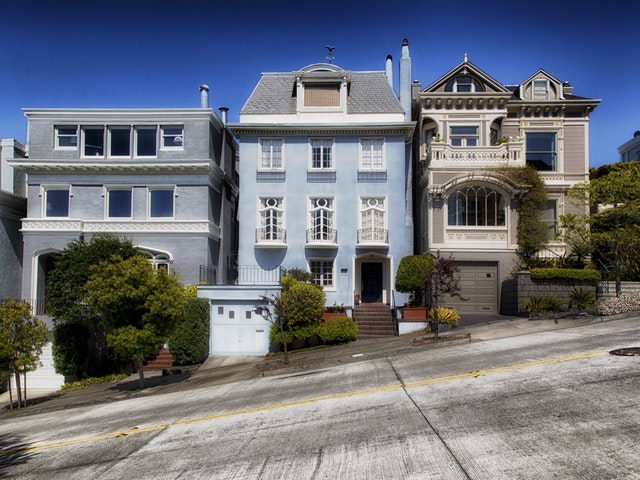Case-Shiller: February Home Price Growth Rate Slowest in 6.50 Years
 Home price growth slowed in February according to the Case-Shiller 20-City Home Price Index. Home price growth hit its lowest rate in more than six years; this indicates that the roaring growth of home prices is settling and could provide opportunities for more would-be buyers to enter the housing market.
Home price growth slowed in February according to the Case-Shiller 20-City Home Price Index. Home price growth hit its lowest rate in more than six years; this indicates that the roaring growth of home prices is settling and could provide opportunities for more would-be buyers to enter the housing market.
The 20-City Housing Market Index rose 0.20 percent in February as compared to January. Year-over year home prices grew by 3.00 percent and missed analyst expectations of a 3.20 percent growth rate. The 20-City Index reported slowing trends in home price growth and emerging trends in housing markets within metro areas tracked.
California’s Hold On Top Housing Price Growth Topples
Home price growth in Los Angeles, San Diego and San Francisco, California slowed enough to lose their hold on highest home price growth rates seen in recent years. San Francisco was the only city to lose ground in national home price growth with a reading of 1.40 percent growth.
The top three cities with highest gains in home prices were Las Vegas, Nevada with year-over year home price growth of 9.70 percent; Phoenix, Arizona home prices grew by 6.70 percent and Tampa, Florida where home prices grew by 5.40 percent year-over-year.
No double-digit home price gains were reported in the 20-City Home Price Index in February; as a comparison, home prices in Seattle, Washington had grown at a seasonally-adjusted annual rate of 12.70 percent a year ago. Rapidly rising home prices slowed in California due to lack of homes for sale coupled with affordability.
Buyers seeking affordable homes in temperate climates shifted their searches to metro areas offering more homes for sale at affordable prices. While fluctuating mortgage rates impact homebuyers depending on home loans, slower rates of home price appreciation can encourage would-be home buyers to enter the market.
Regional Home Price Growth Trends Shift
Home price growth slowed nationally; Case-Shiller’s February reading showed a year-over-year rate of 4.00 percent growth as compared to January’s reading of 4.20 percent home price growth. David M. Blitzer, chair and managing director of the S&P Indices Committee, cited slowing growth in new home sales, housing starts and residential investment as more signs of cooling housing markets. Mr. Blitzer also said that regional trends in home prices growth were shifting. While home price growth in East and West Coast and Great Lakes regions slowed, home price growth gained in inland areas.

 Trading land like a billionaire relies on three simple premises. The first one is to acquire the land for cheap. The second one is to never intend to sell it. The third one is, if you trade it, trade up.
Trading land like a billionaire relies on three simple premises. The first one is to acquire the land for cheap. The second one is to never intend to sell it. The third one is, if you trade it, trade up. Real estate investors sometimes get stuck in a rut. They repeat the same type of investment that they did before. This is not necessarily a bad thing because a successful experience is worth repeating. However, it is also a good idea to occasionally take a look at the big picture as well, to see what else is out there for investment consideration.
Real estate investors sometimes get stuck in a rut. They repeat the same type of investment that they did before. This is not necessarily a bad thing because a successful experience is worth repeating. However, it is also a good idea to occasionally take a look at the big picture as well, to see what else is out there for investment consideration.